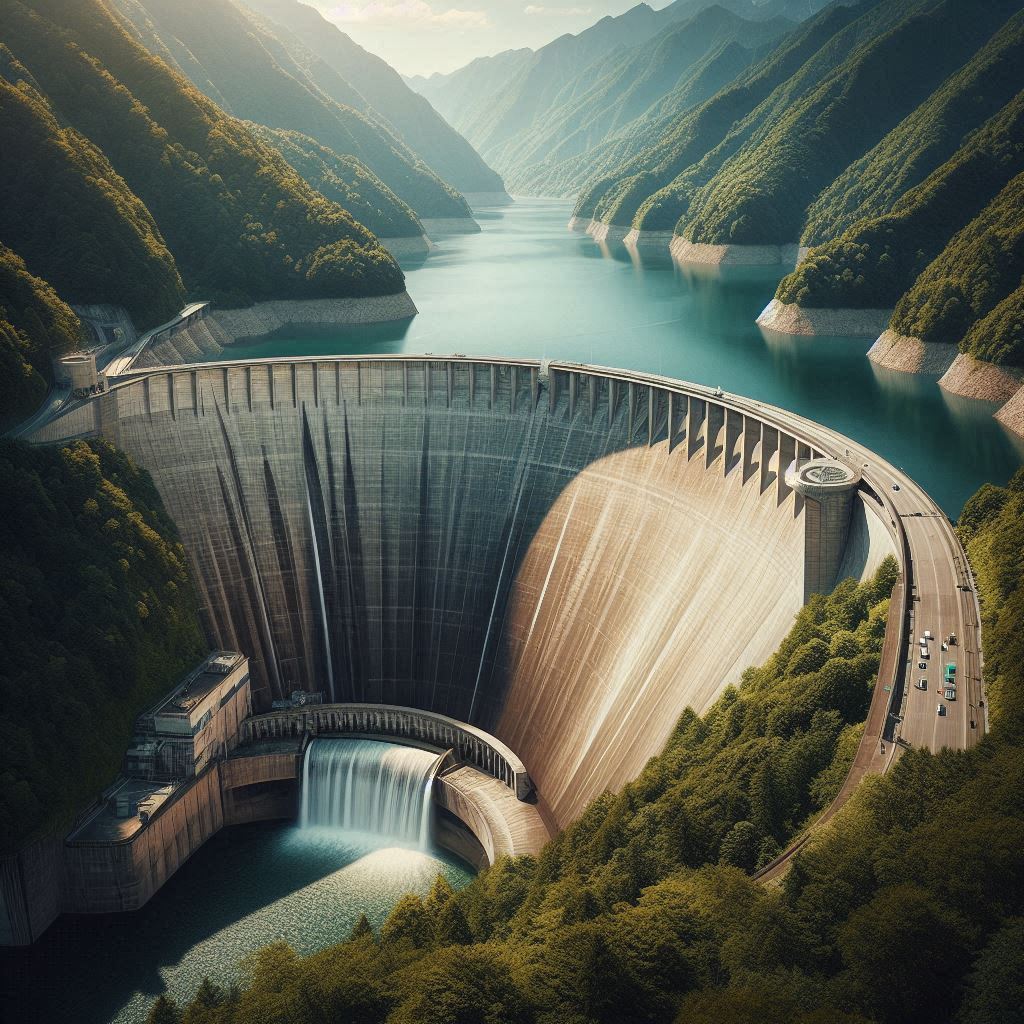
When you hear the word dams, what comes to mind? A massive concrete wall holding back a roaring river? A peaceful lake surrounded by mountains? Or maybe just a power station tucked away in nature? 🤔
The truth is—dams are way more than just big walls of concrete and rock. They’re one of the greatest engineering achievements of human civilization, playing a crucial role in everything from water management to energy production. Without dams, our modern way of life would look completely different! 💧⚡
Before we jump, let's talk about why dams are such a big deal. These massive barriers are the backbone of our water infrastructure, serving multiple purposes:
Pretty impressive, right? Now, let's break down the different types of dams and see what makes each one special.
Dams come in all shapes and sizes, each designed to meet specific needs and environmental conditions. Here are the main types you should know about:
Imagine a giant wedge of concrete standing tall against the water. That's a gravity dam for you! These bad boys rely on their sheer weight to hold back the water. They're simple, sturdy, and perfect for wide valleys with solid rock foundations.
Example: The Hoover Dam in the USA is a classic gravity dam.
Think of these as the acrobats of the dam world. Arch dams are curved upstream, using the power of physics to distribute the water pressure to the abutments (the sides of the valley). They're sleek, efficient, and ideal for narrow, steep-sided valleys.
Example: The Gordon Dam in Tasmania, Australia, is a stunning arch dam.
Picture a series of triangular supports holding up a sloping wall. That's the essence of a buttress dam. These structures are great for areas where the foundation might not be strong enough for a massive gravity dam. They use less material but require more labor to build.
Example: The Daniel-Johnson Dam in Quebec, Canada, is the world's largest multiple-arch buttress dam.
These are the most common type of dam, made from compacted earth and rock. They come in two flavors:
Embankment dams are versatile and can be built on less-than-ideal foundations. They're perfect for wide valleys and areas with ample local materials.
Example: The Nurek Dam in Tajikistan is the world's tallest earth-fill dam.
Now, let's talk about one of the coolest things dams can do - generate clean, renewable energy! Hydroelectric power plants harness the energy of falling water to produce electricity. Here's how it works:
It's like a giant water-powered battery! 🔋 Hydroelectric dams provide about 16% of the world's electricity and 85% of global renewable electricity. That's a lot of clean energy!
As amazing as dams are, they're not without controversy. Let's quickly look at some pros and cons:
As engineers, it's our job to weigh these factors carefully and design solutions that maximize benefits while minimizing drawbacks.
Dams have come a long way since ancient times, and they continue to evolve. With advances in materials science, computer modeling, and environmental engineering, we're developing smarter, more sustainable dam designs.
From run-of-river hydro projects that minimize environmental impact to pumped-storage systems that act like giant batteries for the power grid, the future of dam engineering is exciting and full of possibilities.
So, the next time you turn on a tap or flip a light switch, take a moment to appreciate the incredible engineering that makes it all possible. Dams might not be the flashiest structures out there, but they're the unsung heroes keeping our modern world flowing smoothly. 🌊⚡💡